Home>Garden Essentials>What Is Advantage Of Crop Rotation


Garden Essentials
What Is Advantage Of Crop Rotation
Modified: March 16, 2024
Discover the benefits of crop rotation in your garden. By rotating crops, you can improve soil fertility, reduce pests, and promote healthy plant growth.
(Many of the links in this article redirect to a specific reviewed product. Your purchase of these products through affiliate links helps to generate commission for Storables.com, at no extra cost. Learn more)
Introduction
Crop rotation is an age-old practice that involves growing different crops in a specific sequence on the same piece of land. This agricultural technique has been used for centuries as a means to improve soil fertility, manage pests and diseases, and optimize crop yields. The fundamental principle behind crop rotation is to avoid planting the same crop in consecutive growing seasons, as this can deplete the soil of essential nutrients and increase susceptibility to pests and diseases.
By rotating crops, farmers can create a more balanced and sustainable farming system that benefits both the environment and the overall productivity of their fields. In this article, we will explore the advantages of crop rotation and discuss some important factors to consider for successful implementation.
Key Takeaways:
- Crop rotation improves soil health, controls weeds, pests, and diseases, and optimizes nutrient management, leading to higher crop yields and sustainable farming practices.
- Successful crop rotation requires careful planning, considering factors such as crop compatibility, pest and disease management, nutrient requirements, rotation intervals, crop diversity, and record-keeping.
Benefits of Crop Rotation
Key Takeaways:
- Crop rotation improves soil health, controls weeds, pests, and diseases, and optimizes nutrient management, leading to higher crop yields and sustainable farming practices.
- Successful crop rotation requires careful planning, considering factors such as crop compatibility, pest and disease management, nutrient requirements, rotation intervals, crop diversity, and record-keeping.
Benefits of Crop Rotation
Crop rotation offers numerous benefits to farmers and the environment. Let’s delve into some of the key advantages:
-
Enhanced Soil Health
One of the primary benefits of crop rotation is improved soil health. Different crops have different nutrient requirements and root structures. By rotating crops, farmers can prevent the depletion of specific nutrients and promote a more balanced nutrient profile in the soil. Additionally, different crops have varying root depths and patterns, which help break up compacted soil, improve its structure, and enhance water infiltration and retention.
-
Weed Suppression
Crop rotation can effectively suppress weeds. Certain crops naturally suppress specific weed species through various mechanisms such as competition for resources, allelopathic effects, and shading. By introducing different crops and implementing proper tillage and cultivation techniques, farmers can reduce the reliance on herbicides and significantly control weed growth, leading to a healthier and more manageable crop.
-
Disease and Pest Control
Crop rotation is an excellent strategy for managing diseases and pests in an environmentally friendly manner. Many pathogens and pest species have a narrow host range, meaning they can only survive on certain plants. By rotating crops, farmers can break the life cycle of these pests and diseases, reducing their prevalence and impact. Additionally, some crops have natural pest-repellent properties, further enhancing crop protection.
-
Nutrient Management
Effective nutrient management is crucial for crop productivity and sustainability. Different crops have varying nutrient requirements. By rotating crops, farmers can strategically utilize nutrient resources, minimizing the risk of nutrient imbalances and deficiencies. Furthermore, crop rotation can help reduce the buildup of crop-specific pathogens and pests that thrive when the same crop is grown continuously on the same land.
-
Increased Crop Yields
One of the ultimate aims of crop rotation is to increase crop yields. By optimizing soil health, controlling pests and diseases, and managing nutrient availability, crop rotation creates an environment conducive to higher yields. Additionally, the careful selection and rotation of crops can help break pest and disease cycles, reducing yield losses and promoting overall crop resilience.
Crop rotation offers a multitude of benefits that contribute to sustainable agriculture and long-term farm profitability. However, successful implementation requires careful planning and consideration of various factors.
Enhanced Soil Health
Enhancing soil health is a key advantage of implementing crop rotation. Continuous planting of the same crop can deplete specific nutrients from the soil, leading to nutrient imbalances and reduced fertility. By rotating crops, farmers can maintain and improve soil health in several ways:
- Nutrient Balancing: Different crops have different nutrient requirements. By rotating crops with varying nutrient needs, farmers can ensure that the soil is not depleted of specific nutrients. For example, leguminous crops, such as beans and peas, can fix atmospheric nitrogen and increase soil nitrogen levels, benefiting subsequent nitrogen-demanding crops.
- Improved Soil Structure: Different crops have varying root structures and depths. Rotating crops with different root systems helps break up compacted soil and improve its structure. Deep-rooted crops, like radishes or sweet potatoes, can penetrate deeper into the soil, reducing compaction and enhancing aeration and water infiltration.
- Organic Matter and Microbial Activity: Crop residues left behind after harvest contribute to organic matter content in the soil. Organic matter improves soil structure, water holding capacity, and nutrient retention. Additionally, crop rotation can promote diverse microbial communities in the soil, which play a crucial role in nutrient cycling and overall soil health.
Enhanced soil health through crop rotation results in improved overall fertility, increased water holding capacity, and better nutrient availability for crops. Healthy soils are more resilient to adverse weather conditions, better able to support plant growth, and less prone to erosion.
Implementing crop rotation strategies must consider factors such as the nutrient requirements and growth patterns of different crops, previous crop history, and soil testing to tailor the rotation plan to the specific needs of the farm.
The advantages of enhanced soil health through crop rotation extend beyond the field. By improving soil fertility and structure, farmers can minimize the need for synthetic fertilizers and reduce nutrient runoff to surrounding water bodies, thus contributing to the conservation of water resources and the protection of the environment.
Read more: What Was Crop Rotation?
Weed Suppression
Weed suppression is another significant benefit of implementing crop rotation. Weeds compete with crops for essential resources such as sunlight, water, and nutrients, and can significantly reduce crop yields if left uncontrolled. Crop rotation can effectively suppress weed growth in several ways:
- Competition for Resources: Different crops have different growth characteristics and resource requirements. By rotating crops, farmers can disrupt the weed’s life cycle and reduce their ability to compete with the desired crop. Some crops, such as vigorously growing leafy greens or dense cover crops, can outcompete weeds for nutrients, sunlight, and space, reducing weed growth.
- Allelopathic Effects: Some crops release natural chemicals through their roots or above-ground residues, which can inhibit the germination or growth of specific weed species. For example, certain cover crops, like rye or sorghum, can release compounds that suppress the growth of certain broadleaf weeds.
- Shading: Rotating crops with different canopy structures can provide shading that suppresses weed growth. Crops with dense foliage, such as corn or sunflowers, can shade the soil surface, inhibiting weed germination and growth in the shaded areas.
In addition to suppressing weeds, crop rotation can reduce reliance on herbicides and minimize the development of herbicide-resistant weed populations. By implementing diverse cropping systems, farmers can disrupt weed life cycles, making it more challenging for weeds to establish and spread.
Successful weed suppression through crop rotation requires careful planning and timing. Consideration should be given to the life cycles and growth habits of both the desired crops and common weed species in the area. Additionally, proper tillage practices and timely incorporation of cover crops can further enhance weed control and reduce weed seed viability.
By using crop rotation as a weed management strategy, farmers can effectively control weed growth, reduce the need for herbicides, and promote healthier and more productive crops.
Disease and Pest Control
Crop rotation plays a crucial role in disease and pest control, providing a natural and sustainable approach to managing these challenges. Here are some ways in which crop rotation can effectively control diseases and pests:
- Pest and Disease Break Cycles: Many pests and diseases have specific host plants on which they depend for survival and reproduction. By rotating crops, farmers can disrupt the life cycles of these pests and diseases, making it difficult for them to establish and spread. For example, if a particular crop is susceptible to a certain pest, rotating to a different crop the following season can break the cycle and reduce pest populations.
- Reduced Pest Habitat: Different crops provide different habitats for pests and diseases. When crops are rotated, specific pests and diseases may not find suitable host plants on which to feed and reproduce. This can help in reducing the buildup of pest populations and minimizing the risk of disease transmission.
- Natural Pest Repellents: Certain crops possess natural compounds or biochemical mechanisms that repel or deter pests. By incorporating these crops into the rotation, farmers can take advantage of their pest-repellent properties. For instance, interplanting aromatic herbs like basil or marigold can help repel certain insect pests and reduce their damage to neighboring crops.
It is important to note that crop rotation alone may not fully eliminate pest and disease pressures but can significantly contribute to their control. Other integrated pest management practices, such as proper sanitation, scouting, and use of biological control agents, should also be employed for comprehensive pest and disease management.
When planning a crop rotation system for disease and pest control, it is essential to consider the specific pests and diseases prevalent in the area, the crop’s susceptibility, and the best rotation intervals based on their life cycles. By implementing a well-designed rotation plan, farmers can effectively reduce the reliance on chemical pesticides, promote beneficial organisms, and safeguard crop health.
Nutrient Management
Proper nutrient management is essential for optimizing crop growth and productivity. Crop rotation plays a vital role in managing nutrients in the soil in the following ways:
- Nutrient Cycling: Different crops have varying nutrient requirements. By rotating crops with different nutrient needs, farmers can ensure that the soil remains balanced in terms of nutrient availability. For example, crops like legumes have the ability to fix atmospheric nitrogen, increasing soil nitrogen levels, which benefits subsequent nitrogen-demanding crops in the rotation.
- Reduced Nutrient Depletion: Planting the same crop continuously can lead to the depletion of specific nutrients from the soil. By rotating crops, farmers can prevent the excessive depletion of any single nutrient. This reduces the risk of nutrient deficiencies and imbalances, promoting healthier crop growth and avoiding the need for excessive fertilizer applications.
- Reduced Buildup of Pathogens and Pests: Crop rotation can also help manage the buildup of crop-specific pathogens and pests. Certain diseases and pests thrive when the same crop is continuously grown on the same land. By rotating to different crops, farmers can break the disease and pest cycles, reducing their impact and minimizing the need for chemical interventions.
In addition to crop rotation, the use of cover crops can further enhance nutrient management. Cover crops are grown between main crop seasons and can help prevent nutrient leaching, improve soil structure, and add organic matter. They can also scavenge excess nutrients in the soil, reducing the risk of nutrient runoff into water bodies.
Proper soil testing and analysis play a crucial role in nutrient management. Testing the soil before each crop rotation cycle allows farmers to understand the existing nutrient levels in the soil and make informed decisions regarding fertilizer applications and crop selection for the rotation plan.
By implementing a well-designed crop rotation system and considering nutrient requirements, farmers can efficiently manage nutrients, reduce fertilizer inputs, optimize nutrient availability, and promote sustainable agricultural practices.
Increased Crop Yields
One of the ultimate goals of crop rotation is to increase crop yields. By implementing a well-designed rotation system, farmers can optimize several factors that contribute to higher yields:
- Improved Soil Fertility: Crop rotation helps maintain and enhance soil fertility by balancing nutrient availability and reducing nutrient imbalances. Adequate nutrient levels in the soil are essential for optimal plant growth and higher crop yields. Additionally, improved soil structure and nutrient retention resulting from crop rotation contribute to better root development and nutrient uptake by plants.
- Disease and Pest Management: Rotation helps break disease and pest cycles by disrupting the availability of host plants. This reduces the prevalence and severity of diseases and pests in the field, limiting yield losses. By incorporating crops with natural pest-repellent properties and rotating out susceptible crops, farmers can better manage pests and diseases, leading to healthier crops and increased yields.
- Optimized Resource Utilization: Different crops have varying root depths, growth habits, and resource requirements. By rotating crops with complementary characteristics, farmers can optimize the use of resources such as water, sunlight, and nutrients. This results in better overall resource utilization and improved crop growth, leading to higher yields.
- Reduced Weed Competition: Crop rotation, combined with proper weed management practices, helps suppress weed growth and limits competition with crops. Weeds impact crop growth by competing for resources such as sunlight, water, and nutrients. By effectively controlling weeds through rotation, farmers can dedicate more resources to crop growth, resulting in increased yields.
- Enhanced Crop Resilience: A diverse crop rotation system can increase the resilience of the farm against environmental stresses such as drought, pests, and diseases. By incorporating different crops with varying stress tolerances, farmers can minimize the risk of total crop failure and ensure a more stable and consistent yield across seasons.
Implementing crop rotation requires careful planning, taking into account factors such as crop compatibility, market demands, and farm goals. By tailoring the rotation plan to meet specific needs and conditions, farmers can maximize the benefits and significantly increase crop yields.
It is important to note that successful crop rotation alone may not guarantee immediate yield increases. Other essential practices such as soil fertility management, proper irrigation, appropriate pest and weed control, and good crop management techniques should be integrated for optimal results.
Crop rotation, when combined with sound agronomic practices, sets the stage for higher crop yields, more sustainable agriculture, and increased farm profitability.-
Read more: What Is Crop Rotation Strip Cropping
Factors to Consider for Successful Crop Rotation
Implementing a successful crop rotation system requires careful planning and consideration of various factors. Here are some key factors to keep in mind:
-
Crop Compatibility:
Choose crops that are compatible with the local climate, soil conditions, and market demand. Consider factors like the length of the growing season, temperature requirements, and soil type to ensure the selected crops will thrive in the specific environment. It is also important to consider the crop’s growth habit, nutrient requirements, and susceptibility to diseases and pests.
-
Pest and Disease Management:
Rotate crops to disrupt pest and disease cycles and reduce their build-up. Identify common pests and diseases in the area and select crops that are less susceptible to these issues. Consider incorporating crops with natural pest-repellent properties or those that attract beneficial insects to aid in pest management. Additionally, proper sanitation, crop residue removal, and crop spacing can further reduce the risk of pest and disease outbreaks.
-
Nutrient Requirements:
Understand the nutrient requirements of different crops to ensure proper nutrient management. Rotate crops with varying nutrient needs to prevent excessive depletion of specific nutrients in the soil. Incorporate leguminous crops or cover crops that can fix nitrogen and contribute to overall soil fertility. Regular soil testing is important to assess nutrient levels and make informed decisions about fertilizer applications.
-
Read more: What Are Cover Crops And Crop Rotation?
Rotation Interval:
Determine the appropriate rotation interval based on the life cycles of pests, diseases, and weeds. Some pests and diseases have longer survival or dormant periods, and longer rotation intervals may be necessary to fully disrupt their cycles. Consider the length of time it takes for certain crops to build up or deplete specific nutrients and plan rotations accordingly.
-
Crop Diversity and Succession:
Include a diverse range of crops in your rotation plan to maximize the benefits. Choose crops with different growth habits, root systems, and harvest times. This helps optimize resource utilization, suppress weeds, and prevent pest and disease buildup. Plan the succession of crops carefully to ensure smooth transitions and avoid continuous planting of the same family or crop.
-
Record Keeping:
Maintain detailed records of your crop rotation plan, including the specific crops planted, planting dates, and any issues encountered. This helps track the success of the rotation system, identify patterns or problems, and make adjustments in subsequent seasons. Good record keeping also facilitates compliance with crop rotation requirements under certain agricultural programs or certifications.
Successful crop rotation requires ongoing monitoring and adjustments based on the specific needs and conditions of the farm. It is important to stay informed about the latest research, best practices, and local insights to make informed decisions and optimize the benefits of crop rotation.
By considering these factors and implementing a well-designed crop rotation plan, farmers can optimize soil health, improve pest and disease management, enhance nutrient utilization, and ultimately achieve higher yields and sustainable farming practices.
Conclusion
Crop rotation is a valuable and time-tested agricultural practice that offers numerous benefits for farmers, the environment, and overall crop productivity. By strategically planning the sequence of crops planted on a piece of land, farmers can enhance soil health, suppress weeds, control diseases and pests, manage nutrients effectively, and increase crop yields.
Enhanced soil health is one of the fundamental advantages of crop rotation. By diversifying the crops grown, farmers can maintain nutrient balance, improve soil structure, and promote beneficial microbial activity, resulting in healthier and more productive soils.
Through proper crop selection and rotation, weed suppression can be achieved without relying heavily on herbicides. Rotating crops with different resource requirements and employing strategic cultivation practices can effectively reduce weed competition and promote healthier crop growth.
Crop rotation also plays a crucial role in disease and pest control. By breaking the cycles of pests and diseases, farmers can reduce their impact, minimize the need for chemical interventions, and promote a more sustainable approach to crop protection.
Furthermore, by incorporating crops with varying nutrient requirements, farmers can optimize nutrient management and reduce the risk of nutrient imbalances or deficiencies. Crop rotation, combined with other nutrient management practices, can promote healthy crop growth and improve overall nutrient utilization.
Lastly, the implementation of a well-designed crop rotation system can contribute to increased crop yields. By optimizing soil fertility, managing pests and diseases, and efficiently utilizing resources, farmers can create an environment that is conducive to higher yields and greater farm profitability.
However, successful crop rotation requires careful planning, considering factors such as crop compatibility, pest and disease management, nutrient requirements, rotation intervals, crop diversity, and record-keeping. Monitoring and adapting the rotation plan based on the specific needs and conditions of the farm are also essential for long-term success.
In conclusion, crop rotation is a valuable tool for sustainable agriculture. When implemented effectively, it can lead to improved soil health, reduced reliance on chemical inputs, better pest and disease management, and increased crop yields. By incorporating crop rotation into their farming practices, farmers can promote environmental stewardship, optimize resources, and contribute to a more resilient and productive agricultural system.
Frequently Asked Questions about What Is Advantage Of Crop Rotation
Was this page helpful?
At Storables.com, we guarantee accurate and reliable information. Our content, validated by Expert Board Contributors, is crafted following stringent Editorial Policies. We're committed to providing you with well-researched, expert-backed insights for all your informational needs.


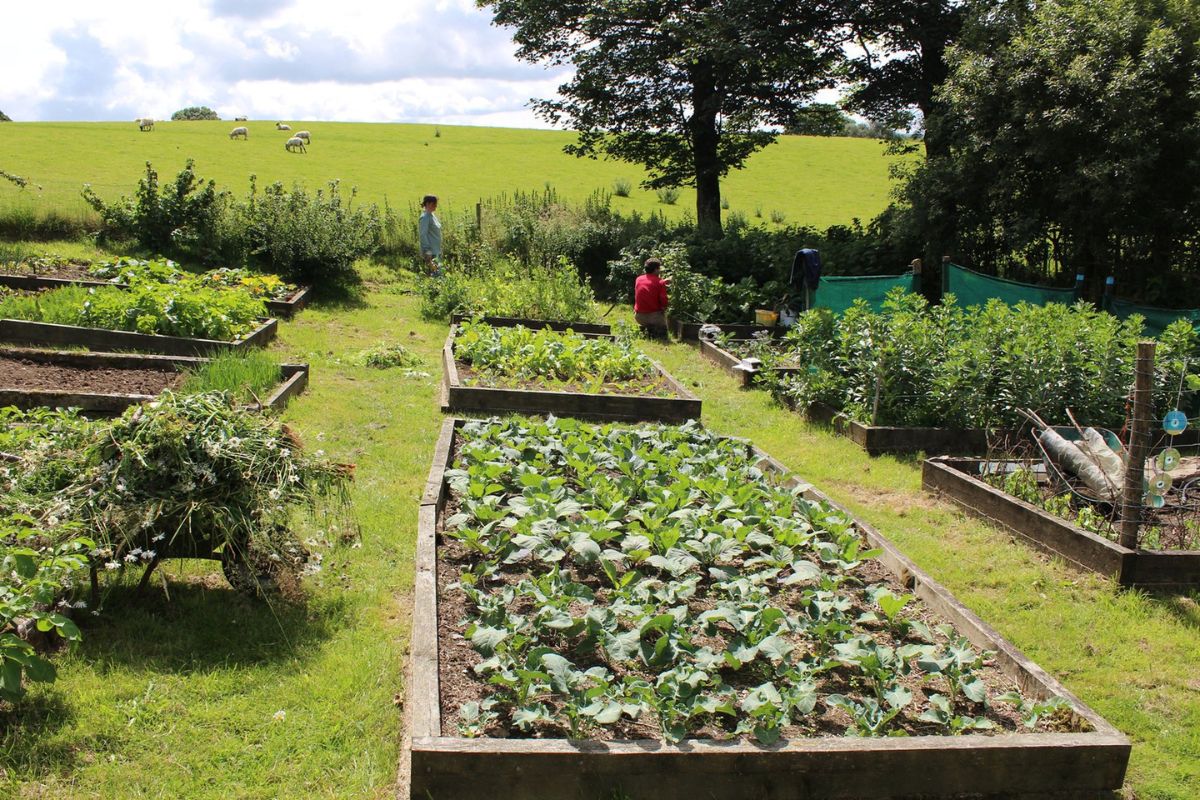
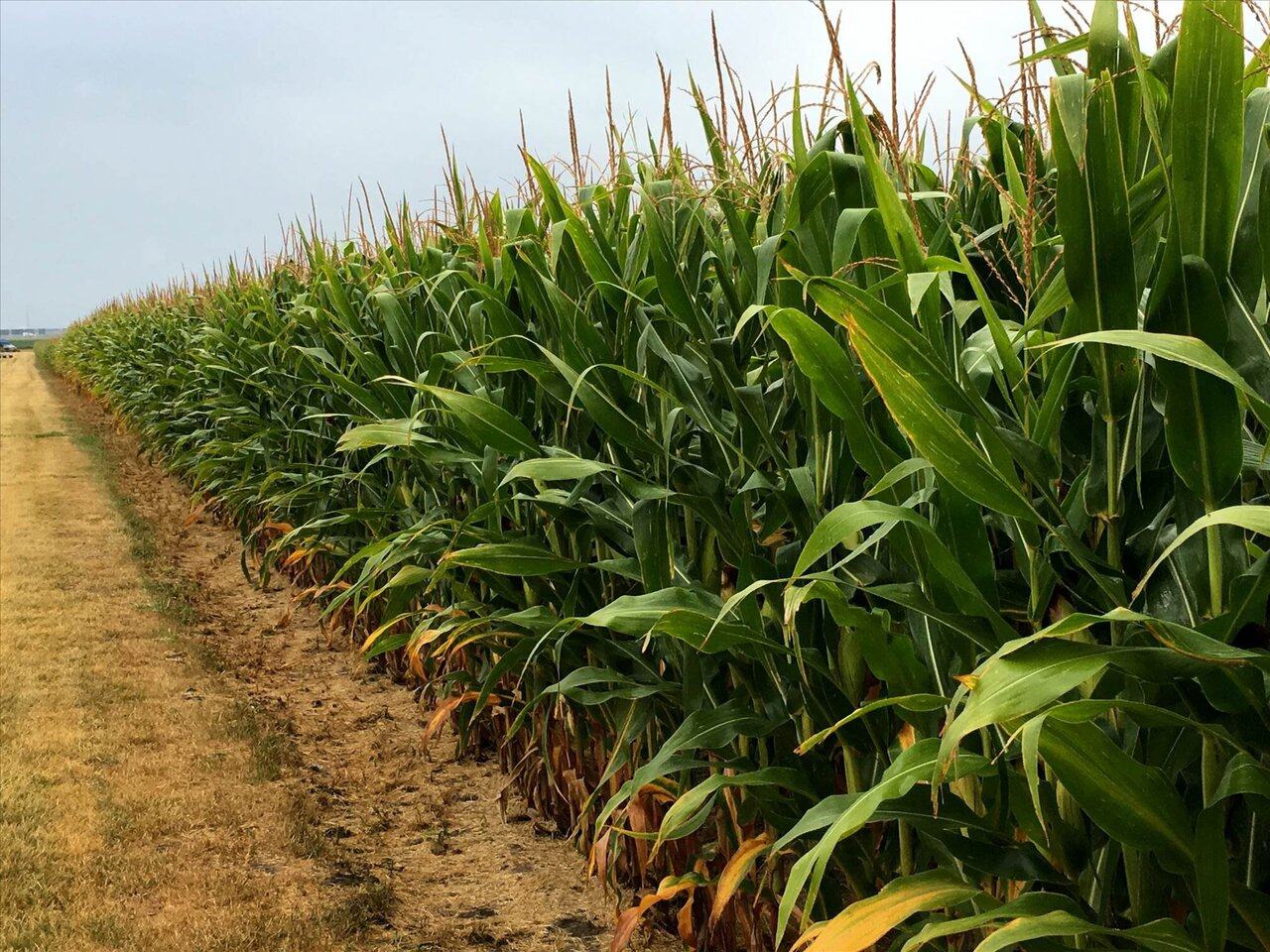
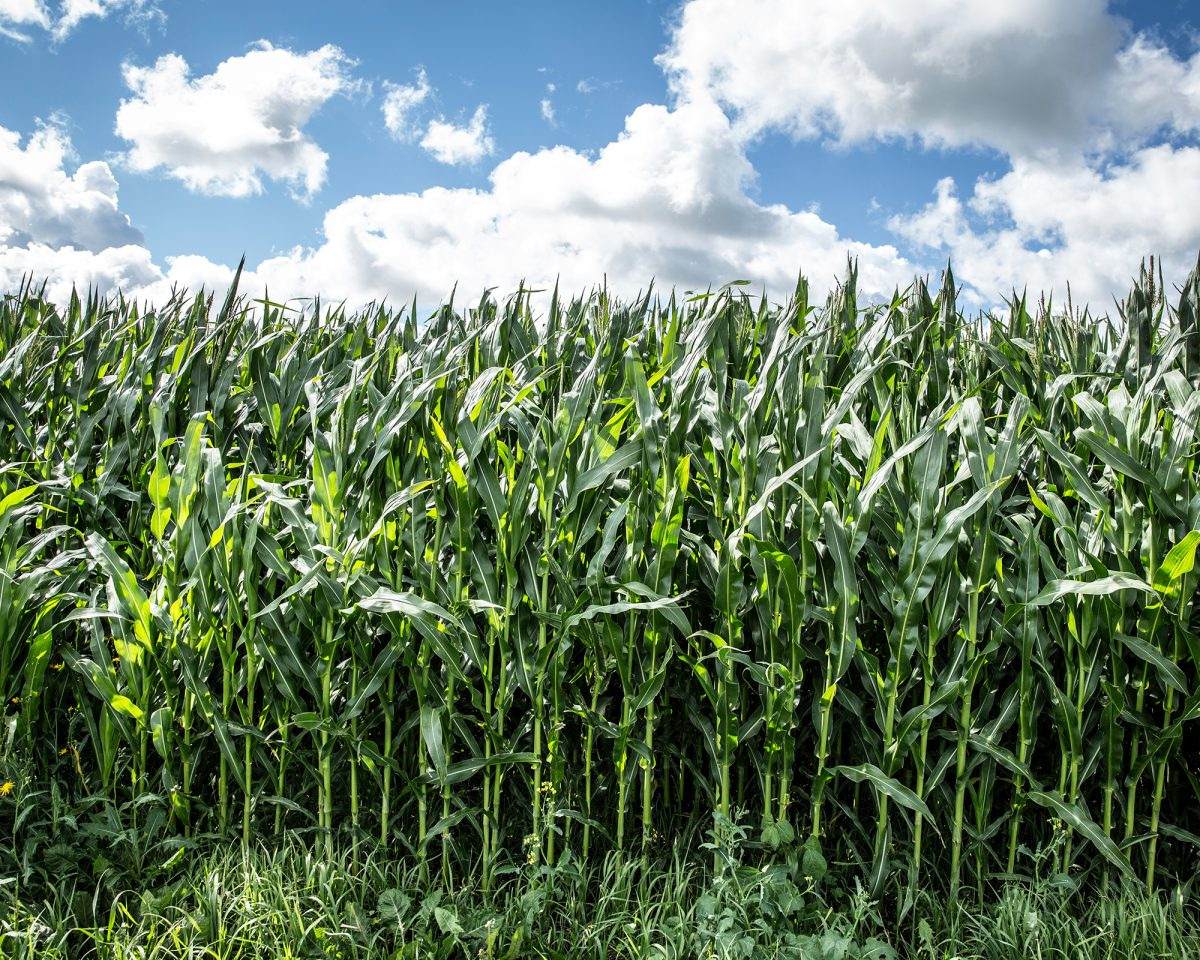



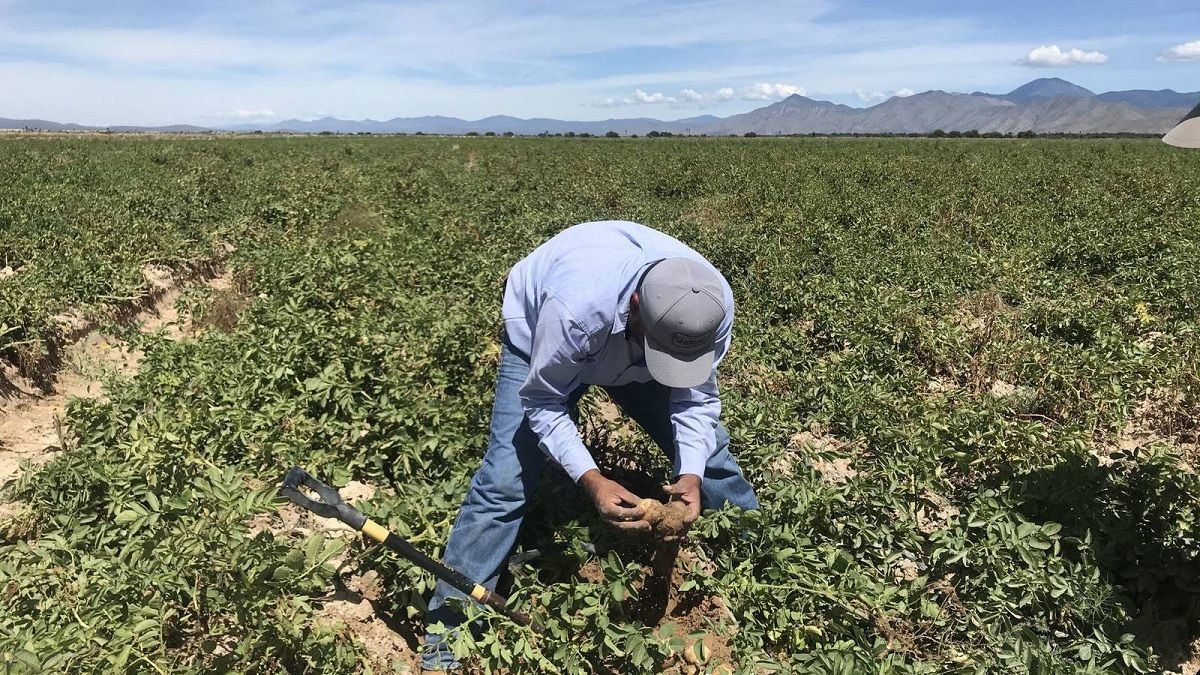
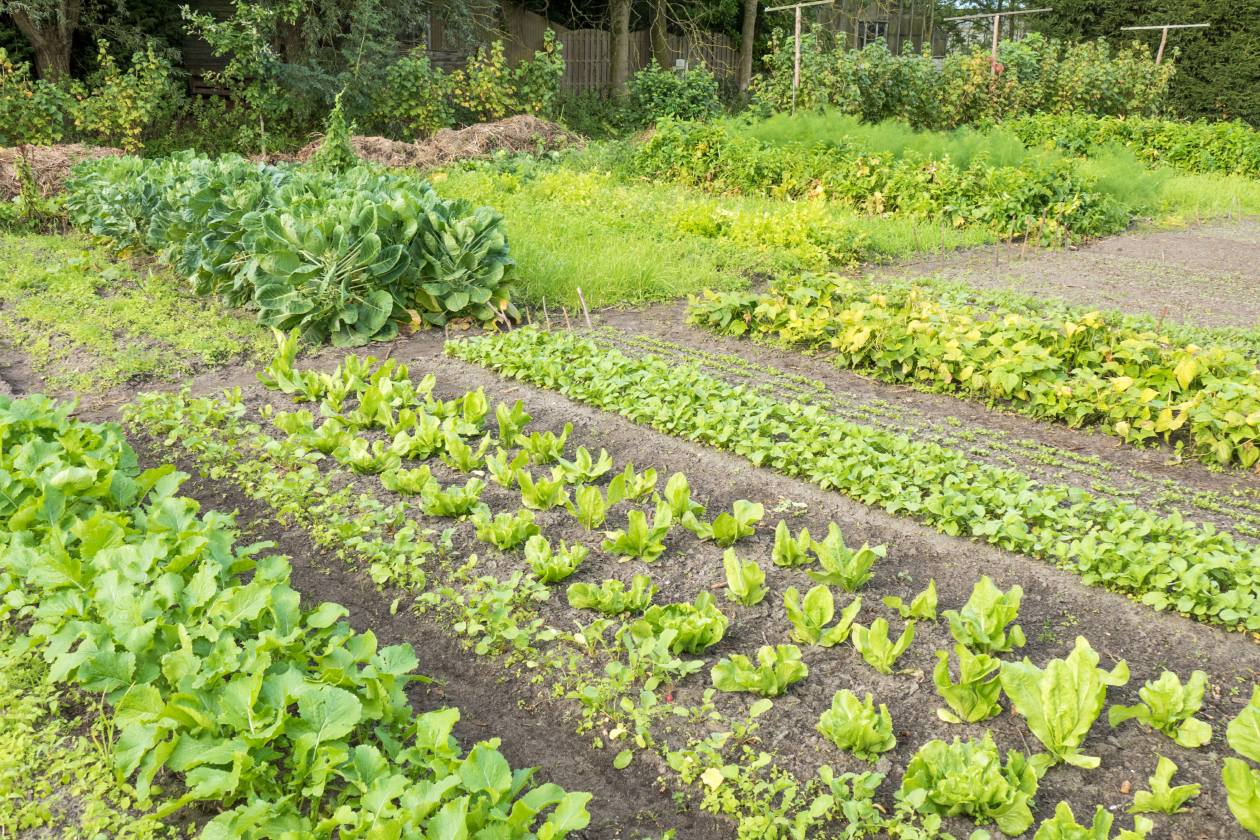


0 thoughts on “What Is Advantage Of Crop Rotation”